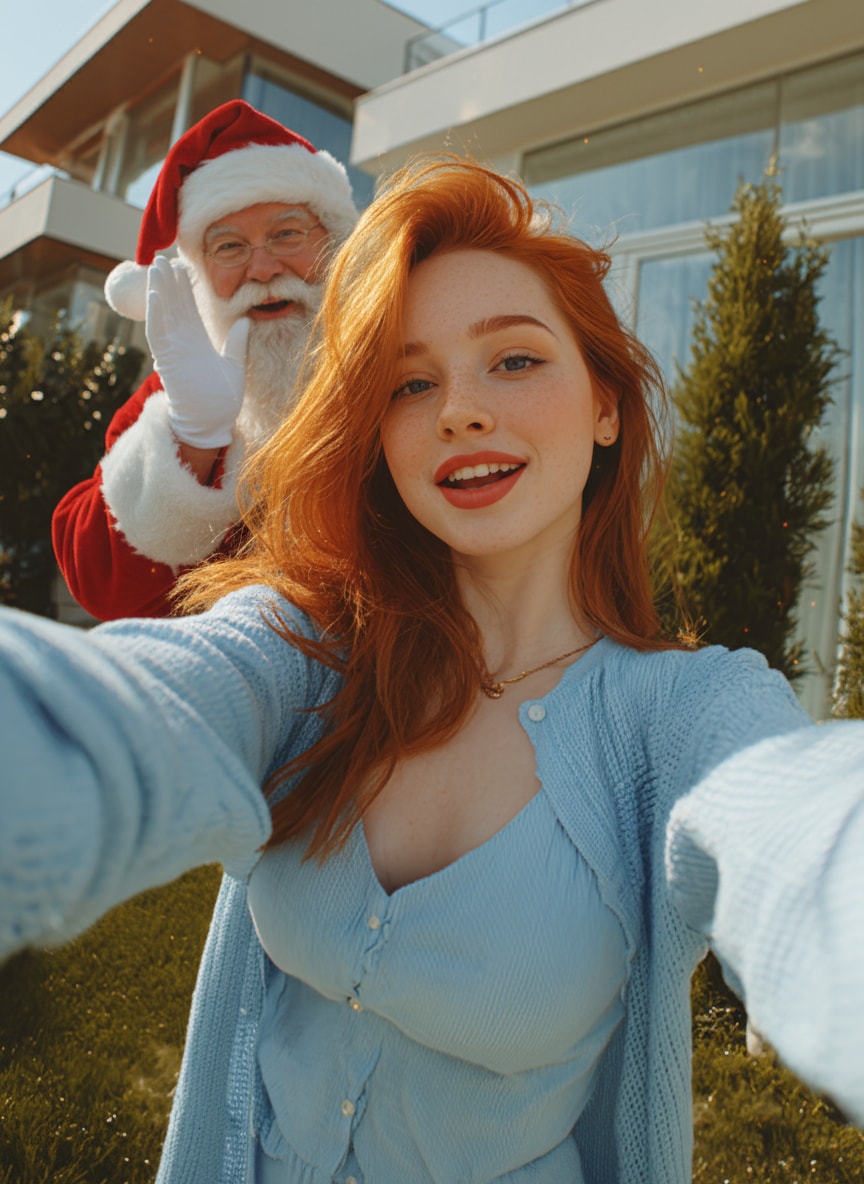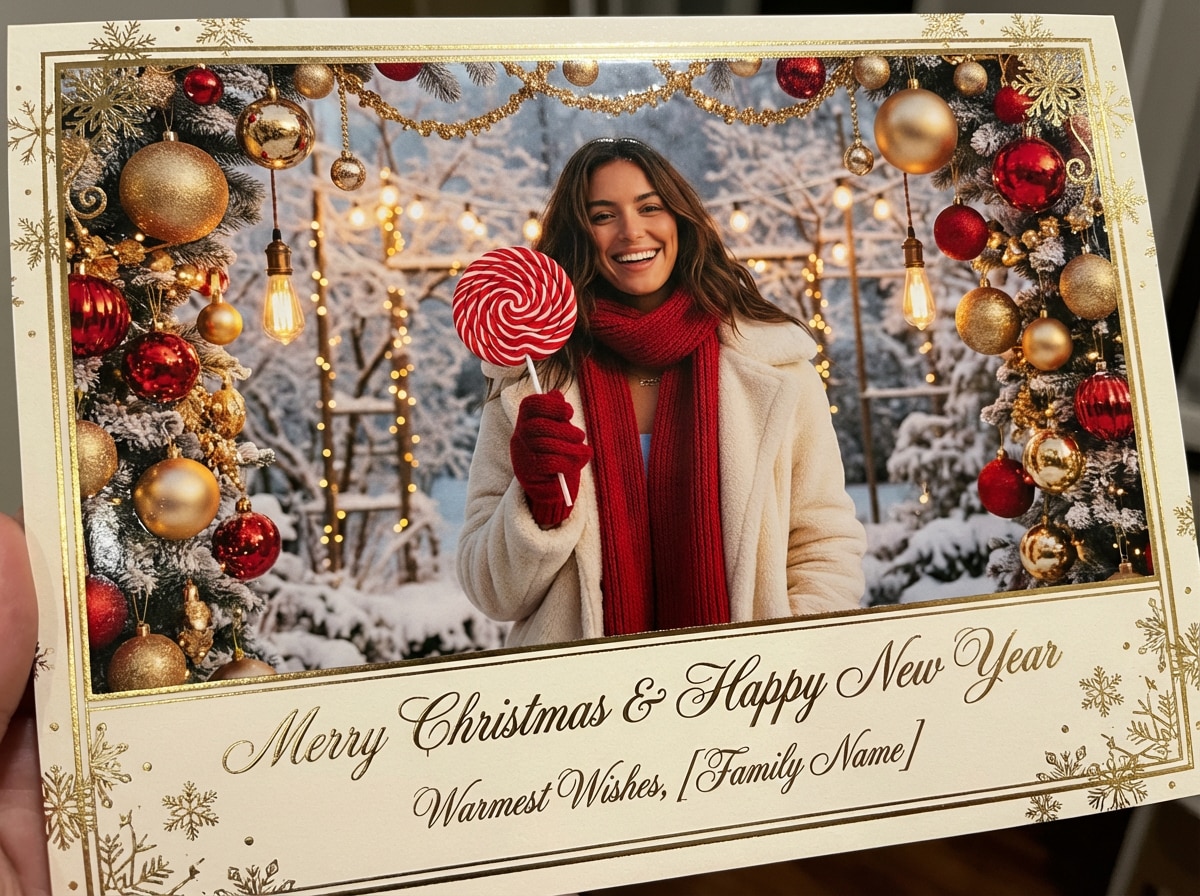Sora 2 vs VEO 3 Comparison
Which AI Video Model Wins?
We ran the same prompts through Sora 2 and VEO 3 to compare motion, realism, and resolution. Scroll for results—or test both yourself on Media.io.
No downloads. Free credits on signup.














What is Sora 2
Sora 2 is OpenAI’s next-generation video + audio generation model, released on September 30, 2025, upgrading from the initial Sora release.
It’s used by creators, storytellers, and video makers who want cinematic AI-generated clips with synchronized sound and fluid motion.
What Sora 2 Can Do:
🎬 Convert text prompts and optionally reference images into short, cinematic videos.
🔊 Generate synchronized audio (dialogue, ambient sound, effects) that matches visuals.
🧍 Maintain character, object consistency across frames and shots.
🌊 Simulate more physically accurate dynamics (motion, depth, behaviors) than earlier models.
Sora 2 represents OpenAI’s biggest leap toward creating unified multimodal video experiences. It blends realism and creativity for storytelling at scale.
What is VEO 3
VEO 3 is Google DeepMind’s flagship video generation model,
announced in May 2025 as part of Google’s expansion into multimodal AI.
Integrated with the Google Vertex AI ecosystem, Veo 3 delivers high-quality, story-driven video generation for both developers and enterprises.
What VEO 3 Can Do:
🖋️ Generate short videos from text prompts or reference images.
🎧 Include synchronized audio — ambient sounds, effects, and dialogue.
📱 Operate at aspect ratios 16:9 and 9:16 (landscape or portrait).
💡 Use diffusion-based latent modeling to blend visuals and sound seamlessly.
Veo 3 focuses on cinematic realism, advanced motion control, and scalability. Best for brands and studios creating professional-grade storytelling content.
AI ASMR video example generated by Google VEO3 on Media.io
Sora 2 vs VEO 3: Same Prompt Test
Watch how both AI models interpret the exact same prompts — from anime action to cinematic realism. See which one nails the motion, detail, and audio.
| Scenario | Prompt | Sora 2 | VEO 3 / 3.1 | Verdict |
|---|---|---|---|---|
|
Anime / Fast Motion / Multishot
Anime
Dynamic Camera
Fast Motion
|
Prompt: |
Sora 2 handles the fast motion with cinematic precision. The camera smoothly tracks the ninja’s leaps, zooming and panning dynamically. Audio includes footsteps, roof impacts, and a thrilling BGM — feels like a real anime trailer. |
VEO 3 creates a stunning background — warm sunset light, sharp roofs, and vivid lanterns. However, the ninja’s movement looks slower and less physically natural. Audio is limited to ambient sounds without full BGM. |
🏆 Sora 2 wins |
|
Macro / Coastline Micro-World
Macro
Nature
Focus Depth
|
Prompt: |
Accurately follows rack-focus cues with realistic ripples and crab movement. Lighting feels slightly harsh but keeps true macro realism. Ambient sounds are clear but a bit sharp in tone. |
Delivers smoother reflections and softer lighting. The ambient background music blends naturally with waves and gulls, creating a calm, photoreal mood. |
🏆 VEO 3 wins |
|
Cinematic Dynamic Trailer
Movie
Storytelling
Sound Design
|
Prompt: |
Completes a coherent 10-second trailer with multi-shot transitions, synchronized dialogue, and perfect BGM timing. Epic energy and narrative flow — like a full movie teaser. |
Delivers ultra-HD detail and stunning visuals. However, lacks emotional pacing and music layers. The visuals impress, but it feels more like demo clips than a full trailer. |
🏆 Sora 2 wins |
💡 Use the same prompts to test both models on Media.io. See how Sora 2 captures cinematic storytelling while VEO 3 delivers photorealistic clarity.
Try Sora 2 & VEO 3 Free






